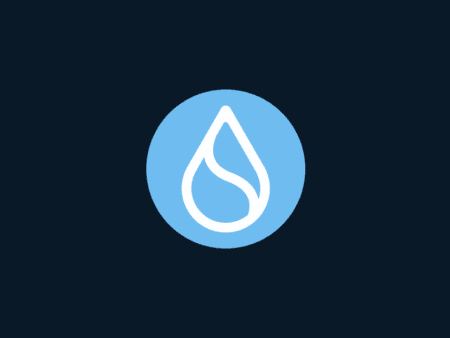⚡ TL;DR – What Are Real World Assets (RWAs) in Crypto?
Real World Assets (RWAs) are tangible or traditional financial assets like real estate, bonds, commodities, and invoices that are tokenized and brought on-chain. By connecting the blockchain to the real economy, RWAs enable decentralized access to off-chain value — unlocking yield, liquidity, and new DeFi use cases.
❓ RWAs: What They Mean in Web3
In simple terms, RWAs are non-crypto assets represented digitally on a blockchain. This could be a token that represents:
- A share of real estate
- A U.S. Treasury bond
- A gold bar
- An invoice or loan
- A luxury collectible or artwork
These assets are typically tokenized — meaning a digital representation is created on-chain that mirrors ownership, cash flow, or exposure to a physical or legal asset.
RWAs aim to bridge the gap between traditional finance (TradFi) and decentralized finance (DeFi) — bringing trillions in real-world value onto public ledgers.
Tokenization: How RWAs Come On-Chain
The process of bringing RWAs on-chain involves:
- Asset Origination – Identify and verify a real-world asset (e.g., real estate, debt).
- Legal Wrapping – Use legal structures like SPVs (Special Purpose Vehicles) or custodians to hold the real asset.
- Token Issuance – Mint a token on a blockchain that represents a claim, ownership, or yield stream from the underlying asset.
- On-Chain Trading or Integration – Use the token in DeFi protocols: lending, trading, staking, governance.
For example:
A tokenized bond could be deposited in a DeFi protocol like MakerDAO or Centrifuge to generate DAI or earn yield.
Why RWAs Matter in Crypto
RWAs are emerging as one of the most important narratives in DeFi because they:
- Unlock new yield sources (e.g., U.S. T-bills in DeFi)
- Bring TradFi liquidity on-chain
- Enable compliance-ready DeFi protocols
- Diversify on-chain collateral
- Attract institutional investors seeking regulated exposure to crypto rails
By tokenizing stable, yield-bearing assets like real estate, bonds, or invoices, DeFi can evolve from speculation to sustainable finance.
Examples of RWA Projects
| Project | Focus Area | Blockchain / Integration |
|---|---|---|
| MakerDAO | RWA-backed DAI minting | Ethereum, Centrifuge |
| Centrifuge | SME financing via tokenized debt | Ethereum, Polkadot |
| Goldfinch | Crypto-backed real-world loans | Ethereum |
| Maple Finance | On-chain credit markets | Ethereum, Solana |
| Ondo Finance | Tokenized U.S. Treasuries | Ethereum, Polygon |
Risks of RWAs in DeFi
Despite their promise, RWAs also come with challenges:
- Legal complexity – Ownership rights must be enforceable in real-world courts.
- Centralization risk – Many RWA structures rely on custodians, auditors, or legal intermediaries.
- Liquidity limitations – Off-chain redemptions or asset claims can be slow and expensive.
- Regulatory compliance – Jurisdictions may treat tokenized RWAs as securities.
Still, innovation continues as protocols seek regulated, scalable, and decentralized models.
RWA Use Cases in Web3
- Stable yield in bear markets (e.g., from U.S. Treasury-backed tokens)
- Collateral for decentralized lending
- Access to unbanked financing
- Diversification of DAO treasuries
- Real estate or invoice marketplaces
RWAs move crypto closer to mainstream finance, enabling real-world utility without compromising on decentralization.
🔑 Key Takeaways
- Real World Assets (RWAs) are off-chain assets like real estate or bonds, represented on-chain through tokenization.
- They enable DeFi protocols to access traditional yield, collateral, and investment opportunities.
- RWAs help bridge TradFi and DeFi, unlocking new liquidity and utility for crypto.
- Despite challenges like centralization and regulation, RWAs are gaining traction fast — especially among institutions.
❓ Frequently Asked Questions About RWAs
RWAs, or Real World Assets, are real-world items like property, bonds, or loans that are tokenized and brought onto blockchains.
They offer access to traditional yield and value — allowing protocols and investors to diversify beyond purely crypto-native assets.
Many RWA projects work with custodians and legal structures to remain compliant, but regulations vary by jurisdiction.
Tokenized real estate, U.S. Treasuries, private loans, supply chain invoices, or even carbon credits.
Yes — several DeFi platforms allow you to earn yield from tokenized bonds or participate in credit pools backed by real-world cash flows.












